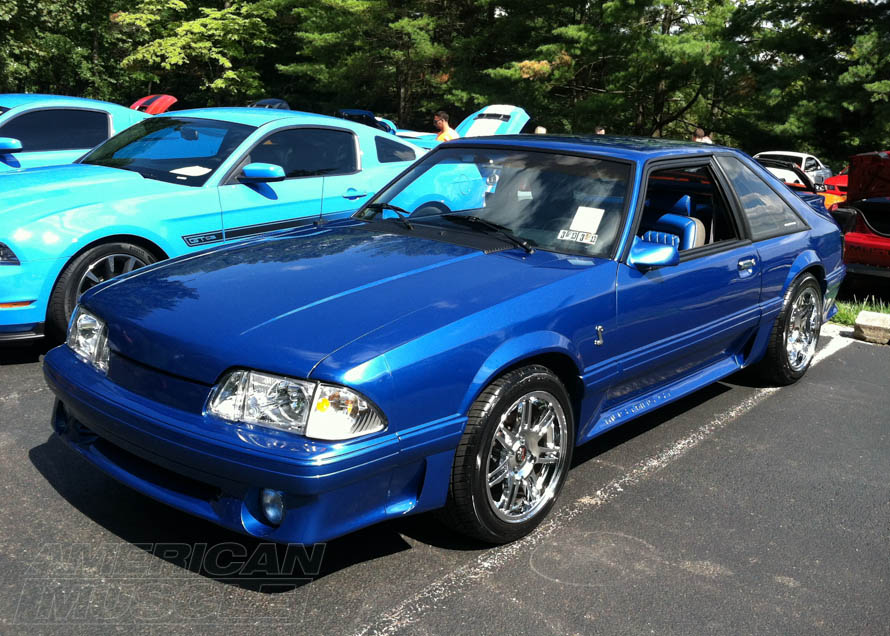The year 1979 marked the entry of the Foxbody Ford Mustang to the market. Times were changing. The high-horsepower muscle car era had ended. America was working its way through an economic depression, and new emission regulations were in place. It was time for a brand-new Mustang.
Contents
Shop Foxbody Exterior Parts
The Foxbody Mustang is a third-generation vehicle worth taking for a drive if you are a fan of muscle cars. These Ford vehicles have proven to be stylish and strong, with their modern yet nostalgic frame notable of classic Mustang cars of the 1960s. Adding to the classic styling is your own personal touch. Make your Fox a one of a kind with styling mods!

